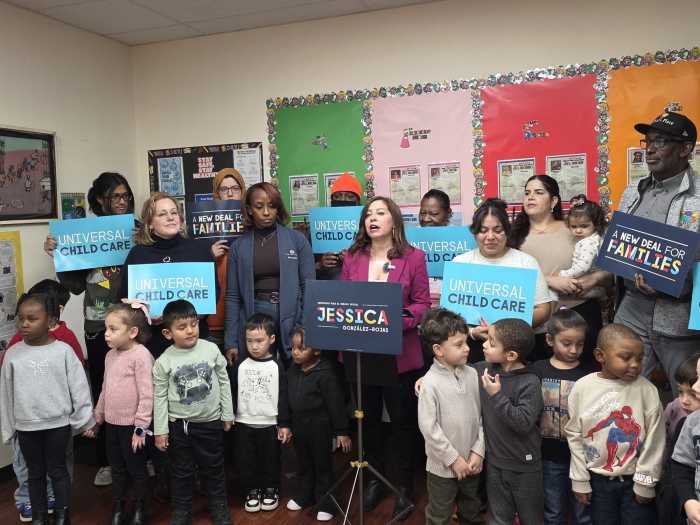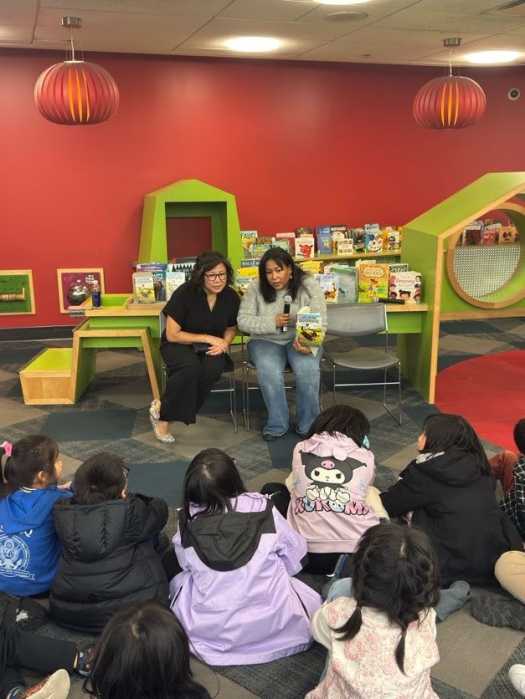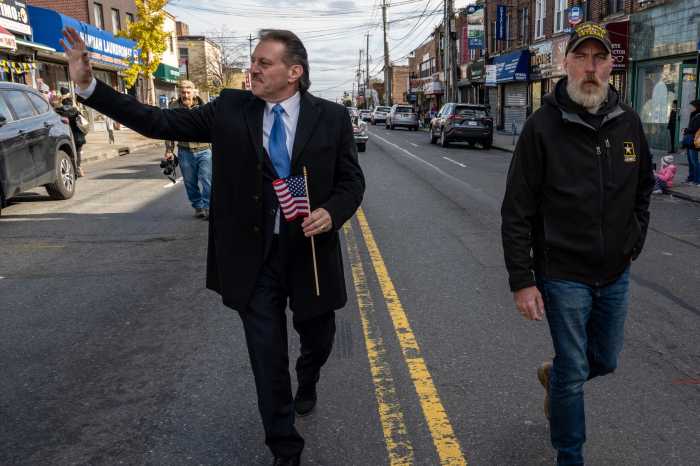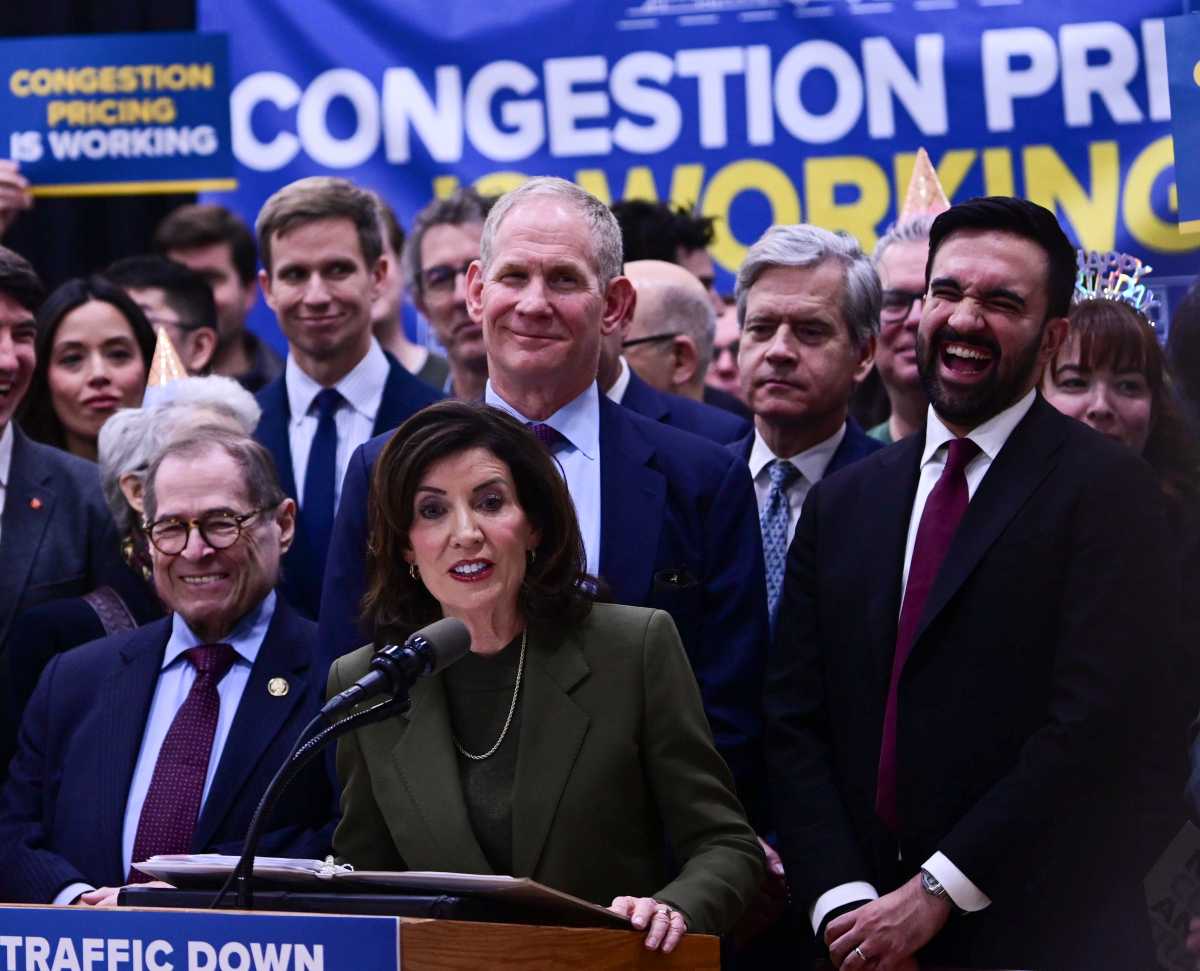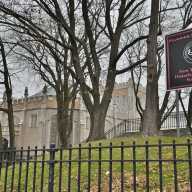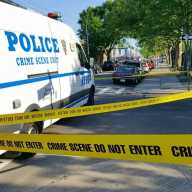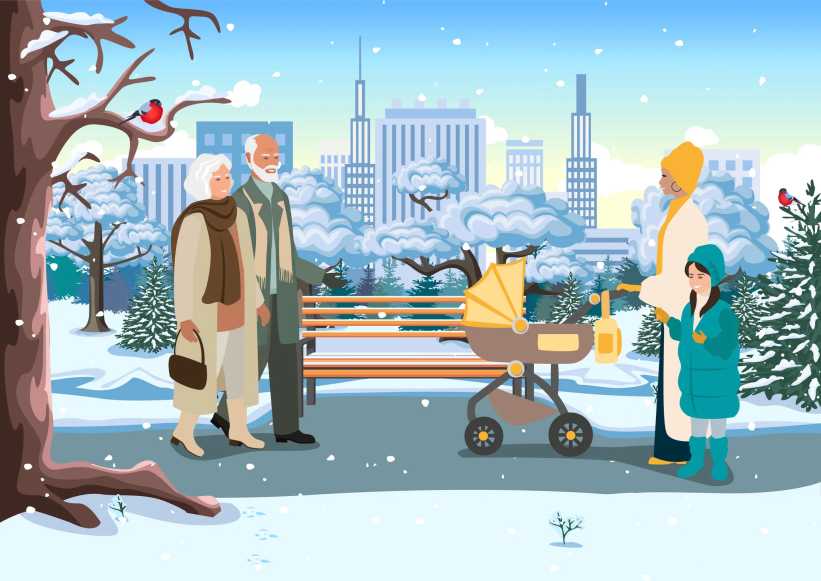Eastern Queens elected officials and community leaders are denouncing the city’s plan to create a large-scale tent facility to house an influx of migrants on the grounds of the old Creedmoor Psychiatric Center in Queens Village.
In a show of bipartisan support, Councilwoman Linda Lee joined Councilwoman Vickie Paladino, Senator Toby Ann Stavisky, Assemblyman Edward Braunstein and Queens Borough President Donovan Richards for a press conference outside of Community Board 13 in Queens Village on Wednesday, July 19. The lawmakers reiterated that the aging infrastructure, location and lack of transportation in eastern Queens fails to meet the needs of both the community and the asylum seekers.
“Communities in eastern Queens face challenging, aging infrastructure that fails to respond to our changing climate, mitigating flooding, a lack of reliable transit and severe overcrowding that would strain sanitation infrastructure and our school systems,” Lee said. “We need to figure out a way to make sure they’re all getting access to services and they have places to go and ways to get around in that transit desert area.”
While the Aqueduct Racetrack in Ozone Park has seemingly been eliminated for consideration as a tent city to house migrants, Richards cleared up speculations that both Creedmoor and Aqueduct are by no means “off the table.”
“I know there has been some confusion. The other site may be temporarily taken, may not be happening, but by no means is it ‘off the table,’ according to members of the Adams Administration,” Richards said. “One of the things we’re calling for through this process is to ensure we have transparency. We need to know what’s happening when it’s happening and if it’s happening.”
Should the city move forward with housing migrants at Aqueduct and Creedmoor, Richards said there needs to be an interagency task force comprised of local stakeholders and all agencies relevant to protect and enhance the quality of life for both the neighborhoods and asylum seekers.
“This is a bipartisan issue. We all want what is best for Queens,” Richards said.

Residents who live and work near Creedmoor stressed the impact the shelter will have on the community.
CB 13 Chair Brian Block said that “Creedmoor should be taken off the table.”
“When we got the call from Council Member Linda Lee, we acted. We reached out to the local civics in the community — they’ve been burdened with this issue in Creedmoor,” Block said. “The infrastructure is not there for the migrants and the community is totally not in favor of it. The community of eastern Queens has accepted two shelters on Jericho Turnpike and they don’t need anymore.”
Bob Friedrich, president of Glen Oaks Village, said the city’s plan will “surely overburden the community, police and Long Island Jewish Hospital that is already overburdened and at full capacity.”
“The 15 civic associations that make up this community are opposed to this poorly designed plan and will meet tonight in Glen Oaks to charter an opposition strategy,” Friedrich said. “We call on elected officials to reject this plan and to tell the Biden administration to keep the border open for legal immigration but secure it for illegal crosses. It’s bankrupting our city, creating undo stress and safety concerns for our residents.”
Corey Bearak, a member of CB 13 and president of the North Bellerose Civic, noted the city’s failed plan to house migrants at Orchard Beach in the Bronx and were moved to Randall’s Island following concerns and access to public transportation.
“It looks like someone who knows not what is on the ground looked at a map. Neither Orchard Beach or Randall’s island worked [as sites],” Bearak said. “Creedmoor checks zero boxes as a site on which to throw up tents. Compared to those sites it lacks any infrastructure and would be less suitable than a campground.”
Paola Miceli, CEO of Services Now for Adult Persons, said she is concerned about their center which is housed on the Creedmoor campus, delivering close to 400 meals on wheels per day to seniors throughout the community.
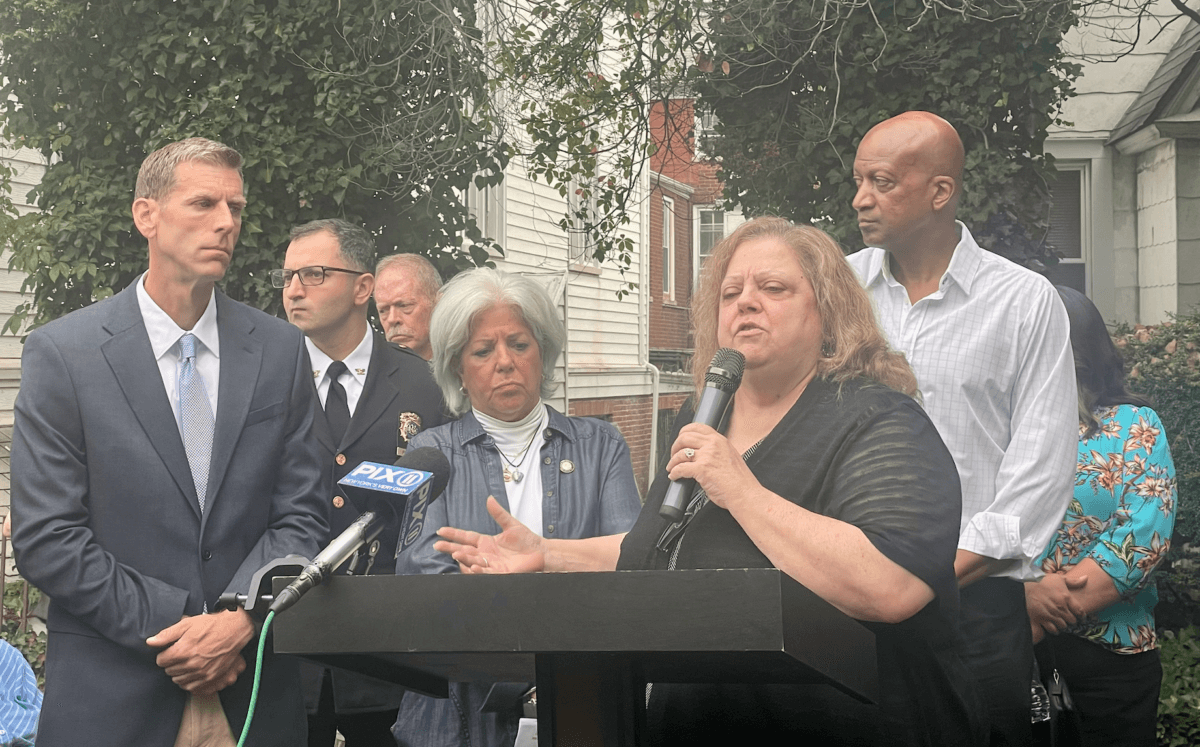
“We have over 100 seniors who come into our older adult center on the SNAP campus,” Miceli said. “We have 75 people who attend the Brookville Center in Rosedale. We cater the food that goes to Rosedale. The location is in SNAP’s backyard — we share a common roadway known as Avenue C, which is SNAP’s lifeline. Without that roadway, we cannot load our vehicles to deliver meals, and we cannot load and discharge members that come.”
As the city has yet to receive federal assistance to sustain the influx of migrants that is straining the shelter system, elected officials and community members are calling on the state and federal government to step in and take action.
According to Lee, statistics from the mayor’s office show nearly 87,000 asylum seekers have come through the New York City shelter system. Over 53,900 asylum seekers are in the city’s care, and over 103,000 people are in the city’s care – nearly double from when the administration took office. New York City has opened over 185 emergency shelters and has spent over $1.45 billion and anticipates spending $4.3 billion through June 2024.
“We have hotels that are totally full. We have the taxpayer dollars paying for each and every one of the migrants coming over this border. We cannot continue at this rate,” Paladino said. “It is unsustainable. I call upon the federal and state governments to contribute to this ever-present housing crisis.”

